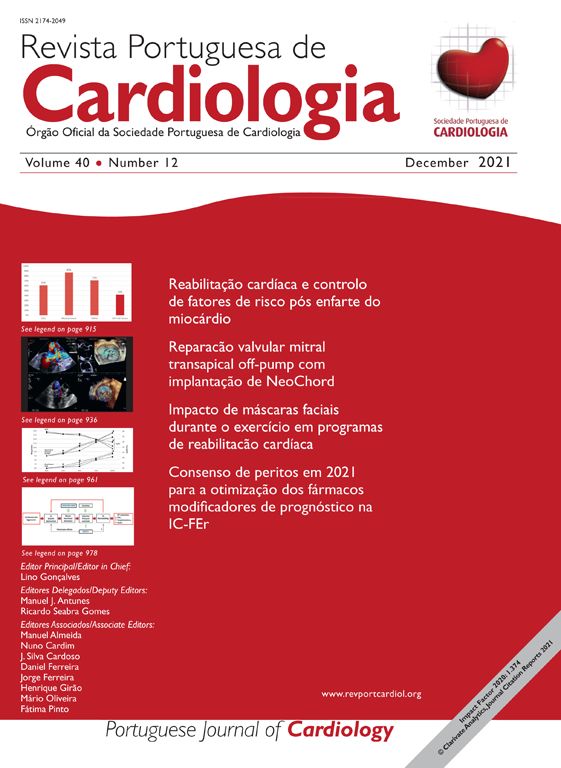A 29-year-old male patient, with history of a heart murmur, followed by a pediatric cardiologist until the age of 17, was referred to the emergency room due to dyspnea for more than ordinary exertion and palpitations for the past ten days. Physical examination was unremarkable, aside from a holosystolic murmur. Transthoracic echocardiography (Figure 1, Video 1) revealed a slightly dilated, hypertrophic left ventricle with preserved systolic function. The right ventricle was dilated with reduced systolic function. At the aortic ring, a 26mm diameter fistual was detected, between a right sinus of valsalva aneurysm and right ventricular outflow tract, with left to right flow and a Qp/Qs of 2.5. Mild aortic regurgitation was also present. For further characterization, a transesophageal echo was performed (Figure 1, Video 2). A contrast study with agitated saline solution excluded a right-to-left shunt. The patient underwent surgical intervention, which involved aneurysm resection, sinus of valsalva defect patch repair and implantation of an aortic mechanical prosthesis.
Sinus of valsalva aneurysms are rare cardiac lesions occurring with an incidence of <0.1%, and more frequently affect male patients (65-80%). The most commonly affected sinus is the right (up to 89% of cases). The definitive therapeutic option is surgery.
Loss to follow-up is a prevalent problem in patients with congenital heart disease, particularly in male adolescents. It is not unusual for these patients to be admitted years later with congestive heart failure, secondary to major structural and functional abnormalities. Pediatric-to-adult healthcare transition programs have been created as a strategy to reduce these numbers. Patients education is also fundamental at both hospital and primary healthcare levels.
Conflicts of interestThe author has no conflicts of interest to declare.







